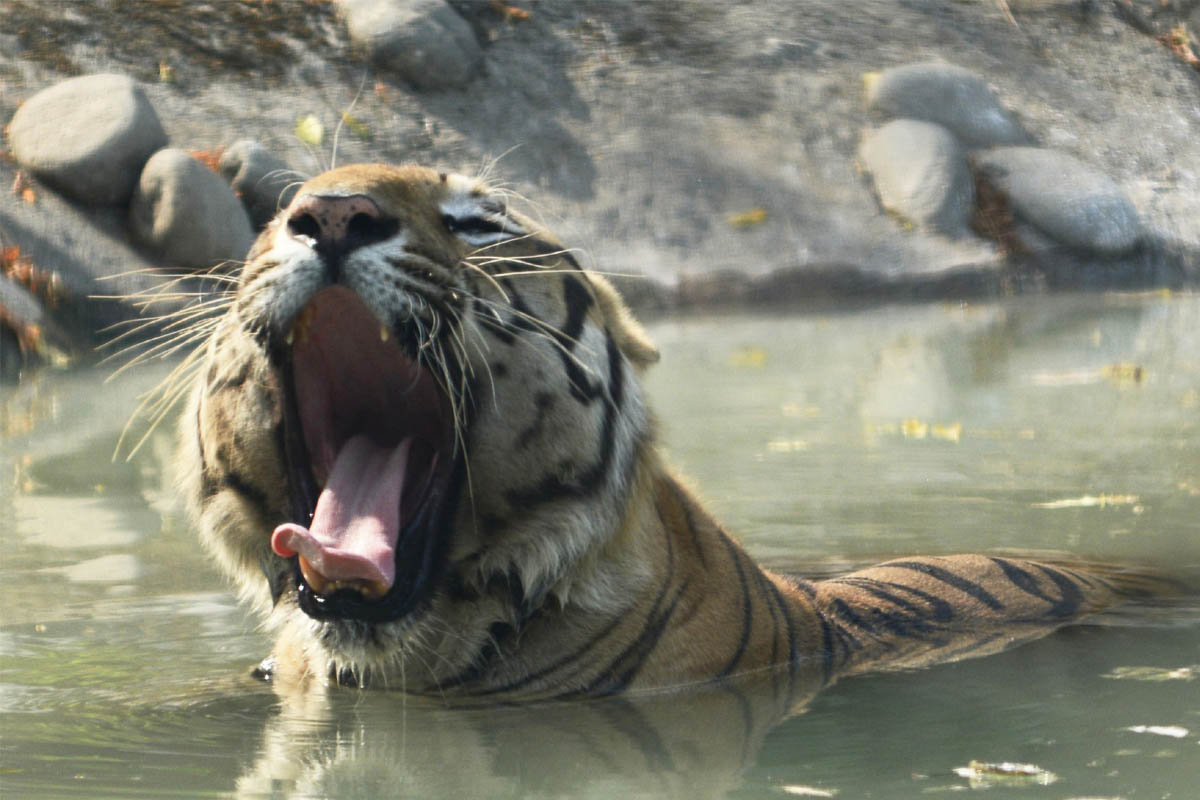We love visiting the zoo, especially in the more pleasant months to observe wild animals and birds, though sadly caged. But have we ever wondered how animals are coping in the heat, especially, the animals in the zoo; the ones with their thick coats and furs? As Kolkata swelters under the oppressive heat wave with temperatures expected to soar to a scorching 43 degrees Celsius on the mercury scale, authorities at Alipore Zoo are taking proactive measures to ensure the well-being of their animal residents. In a bid to provide relief to the creatures beat the heat, a series of innovative and thoughtful interventions have been implemented.
Subhankar Sengupta, Director of Zoological Garden, Alipore, shared insights with The Statesman into the strategies being employed to keep the animals cool and comfortable during these challenging times. “We have arranged plenty of water for bathing, swimming and drinking purposes within the enclosures of all the animals,” Sengupta stated, adding, “As suggested by the veterinarian, we have been putting ORS (Oral Rehydration Solution) in the drinking water. Regarding the bathing water, we ensure it’s changed periodically to prevent it from heating up; ice slabs are also being added.”
Advertisement
The welfare of each animal has been meticulously considered, with tailored solutions implemented across the zoo. “We have also installed sprinklers for animals like the elephant; these can be used 2-3 times a day or even more, as per their need,” Sengupta revealed. “Air coolers have been installed for the kangaroos and within the Himalayan black bear and sloth bear’s enclosures. Ceiling fans and table fans have been positioned for the zebra, lions, tigers and reptiles. The sprinklers are also used in the enclosures to keep them moist. Another notable measure we’ve taken is the use of agronet in large enclosures such as those for the tigers, ensuring ample shade is provided.”
Dietary adjustments have also been made to complement the efforts in keeping the animals cool and hydrated. “We have added more green fodder and summer fruits for the herbivores, like watermelons and sweet limes,” explained Sengupta. “Fruits with a greater water content have become a major meal for them.” Additionally, a reduction in the fat portion of the meat has been implemented for carnivorous animals to ease the burden of digestion during the warmer months. “Carnivores tend to eat less during the summer season as compared to the cooler ones, so their diet has been sketched as per the veterinarian’s advice”, commented Sengupta.
As the sun blazes overhead, Alipore Zoo isn’t just keeping its cool; it’s serving up a summer oasis for its furry, feathery and scaly residents. With fans, fruits and even a touch of shades, these animals are feeling the relief, and perhaps, chilling – in every sense of the word.











